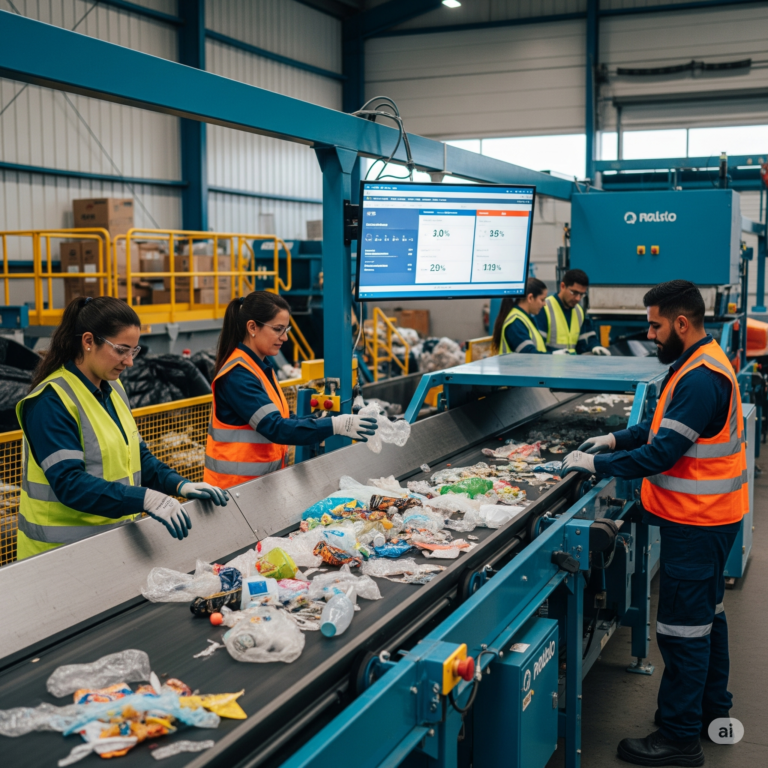Introduction
The fashion industry is undergoing a dramatic transformation, driven by the rapid advancements in artificial intelligence, particularly generative AI.1 This powerful technology is poised to revolutionize every aspect of the fashion value chain, from design and production to marketing and customer experience.2 By leveraging generative AI, fashion brands can unlock new levels of creativity, efficiency, and personalization, leading to a more dynamic and customer-centric future.3
Generative AI in Fashion Design
- Design Innovation: Generative AI algorithms can generate novel and unique designs, pushing the boundaries of creativity and inspiring designers.4 By analyzing vast datasets of existing designs, trends, and consumer preferences, these algorithms can generate original patterns, textures, colors, and silhouettes, offering a wealth of inspiration and accelerating the design process.5
- Personalized Design: Generative AI can be used to create personalized designs for individual customers.6 By analyzing customer data, such as purchase history, browsing behavior, and social media activity,7 algorithms can generate unique and customized designs that perfectly match individual preferences and styles.8
- Virtual Try-on Experiences: Generative AI can power realistic virtual try-on experiences, allowing customers to see how different garments would look on them without physically trying them on.9 This enhances the online shopping experience and reduces the need for returns.10
Generative AI in Fashion Production
- Pattern Making and Garment Construction: Generative AI can automate the process of pattern making, optimizing fabric usage and reducing waste.11 It can also be used to simulate garment construction, identifying potential flaws and optimizing the manufacturing process.
- Material Innovation: Generative AI can be used to design and develop new materials with enhanced properties, such as improved durability, breathability, and sustainability.12 This can lead to the creation of innovative and eco-friendly fashion products.13
- Supply Chain Optimization: Generative AI can be used to optimize supply chains by predicting demand, identifying potential disruptions, and improving inventory management.14 This can lead to reduced costs, improved efficiency, and a more sustainable supply chain.15
Generative AI in Fashion Marketing and Customer Experience
- Targeted Marketing: Generative AI can be used to analyze customer data and identify target audiences for marketing campaigns.16 This allows brands to deliver personalized messages and offers to the right customers, increasing engagement and conversion rates.17
- Personalized Recommendations: Generative AI can be used to provide personalized product recommendations based on individual customer preferences and browsing behavior.18 This can enhance the online shopping experience and drive sales.19
- Chatbots and Virtual Assistants: Generative AI-powered chatbots and virtual assistants can provide personalized customer support, answer questions, and assist customers with their shopping needs.20 This can improve customer satisfaction and build stronger relationships with customers.
Challenges and Considerations
While generative AI offers tremendous potential for the fashion industry, several challenges must be addressed:
- Data Bias: Generative AI models are trained on existing data, which may reflect and amplify existing biases in the fashion industry, such as sizeism and lack of diversity.21
- Job Displacement: The automation of certain tasks through generative AI could lead to job displacement in the fashion industry.
- Ethical Considerations: It is crucial to address ethical considerations such as data privacy, intellectual property rights, and the potential for misuse of generative AI.22
The Future of Generative AI in Fashion
Despite these challenges, the future of generative AI in fashion looks promising. As the technology continues to evolve, we can expect to see even more innovative and impactful applications, transforming the way we design, produce, and consume fashion. By embracing generative AI and addressing the associated challenges, the fashion industry can unlock new levels of creativity, efficiency, and sustainability.
Frequently Asked Questions (FAQs)
- What is generative AI?
- Generative AI is a type of artificial intelligence that can create new content, such as text, images,23 music, and code.24
- How can generative AI be used in fashion design?
- Generative AI can be used to generate new designs, create personalized designs, and power virtual try-on experiences.25
- What are the benefits of using generative AI in fashion production?
- Improved efficiency, reduced waste, and optimized supply chains.26
- How can generative AI enhance the customer experience in fashion?
- By enabling personalized marketing, product recommendations, and customer support.27
- What are the challenges of using generative AI in fashion?
- Data bias, job displacement, and ethical considerations.28
- How can the fashion industry address the ethical concerns of using generative AI?
- By ensuring data privacy, promoting diversity and inclusivity, and developing responsible AI practices.29
- What is the future of generative AI in fashion?
- The future looks promising, with continued advancements in technology driving even more innovative applications.
- How can fashion brands leverage generative AI to gain a competitive advantage?
- By embracing innovation, investing in AI research and development, and developing strategies to leverage AI effectively.30
- Can generative AI replace human creativity in fashion?
- Generative AI is a tool that can augment human creativity, not replace it.31 Human designers will continue to play a vital role in the creative process.
- What are some examples of how generative AI is being used in fashion today?
- Some examples include AI-powered design tools, virtual try-on experiences, and personalized product recommendations.32
- How can generative AI help fashion brands become more sustainable?
- By optimizing production processes, reducing waste, and developing more sustainable materials.33
- What is the role of data in the development of generative AI for fashion?
- Data is crucial for training AI models and enabling personalized experiences.34
- How can fashion brands ensure ethical data usage in the context of generative AI?
- By obtaining user consent, ensuring data privacy, and avoiding the use of biased data.35
- What are the potential risks associated with the use of generative AI in fashion?
- Risks include job displacement, data breaches, and the potential for misuse of AI.36
- How can the fashion industry prepare for the future of generative AI?
- By investing in AI education and training, developing AI-related skills, and collaborating with AI researchers and developers.














+ There are no comments
Add yours